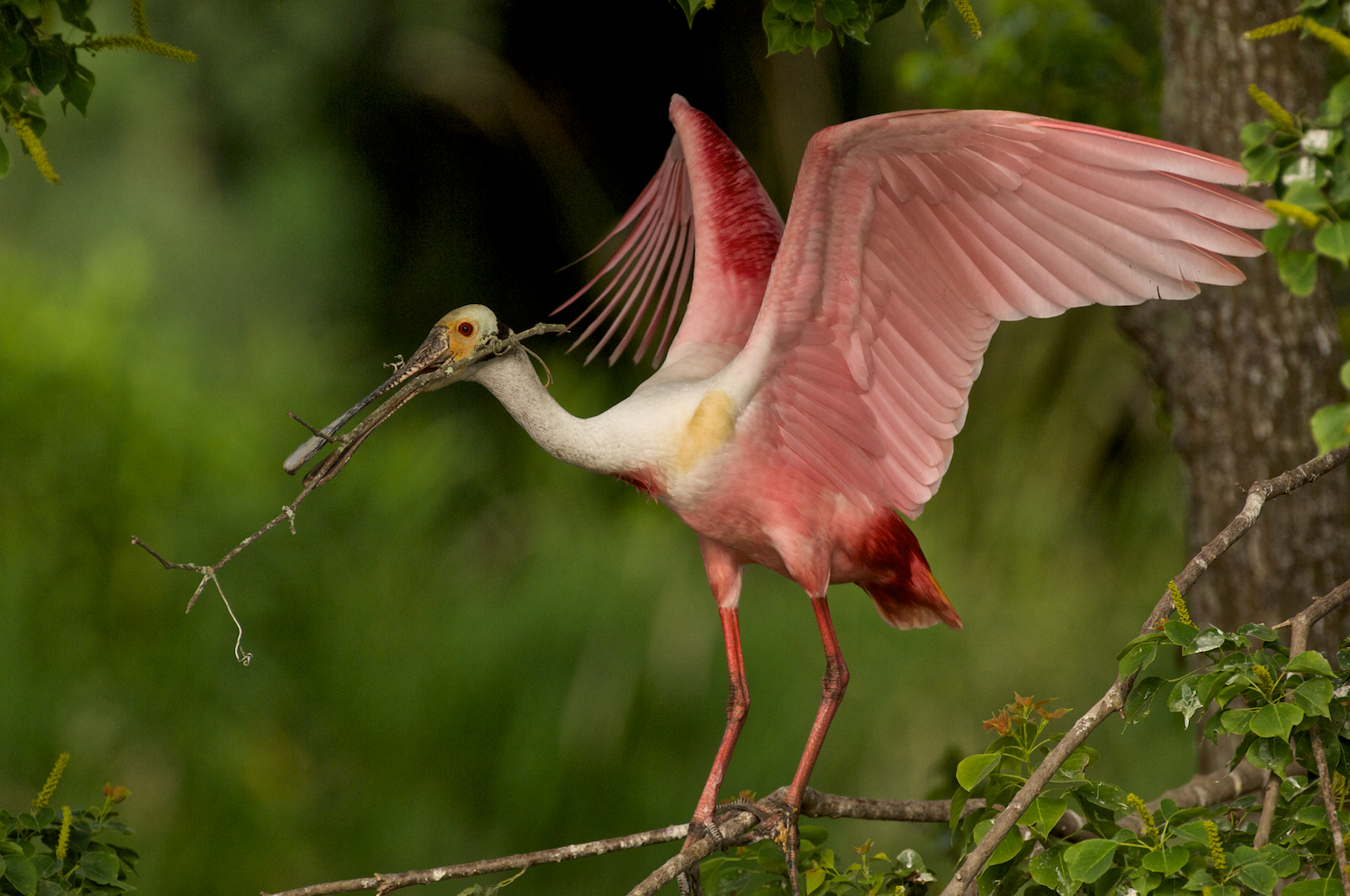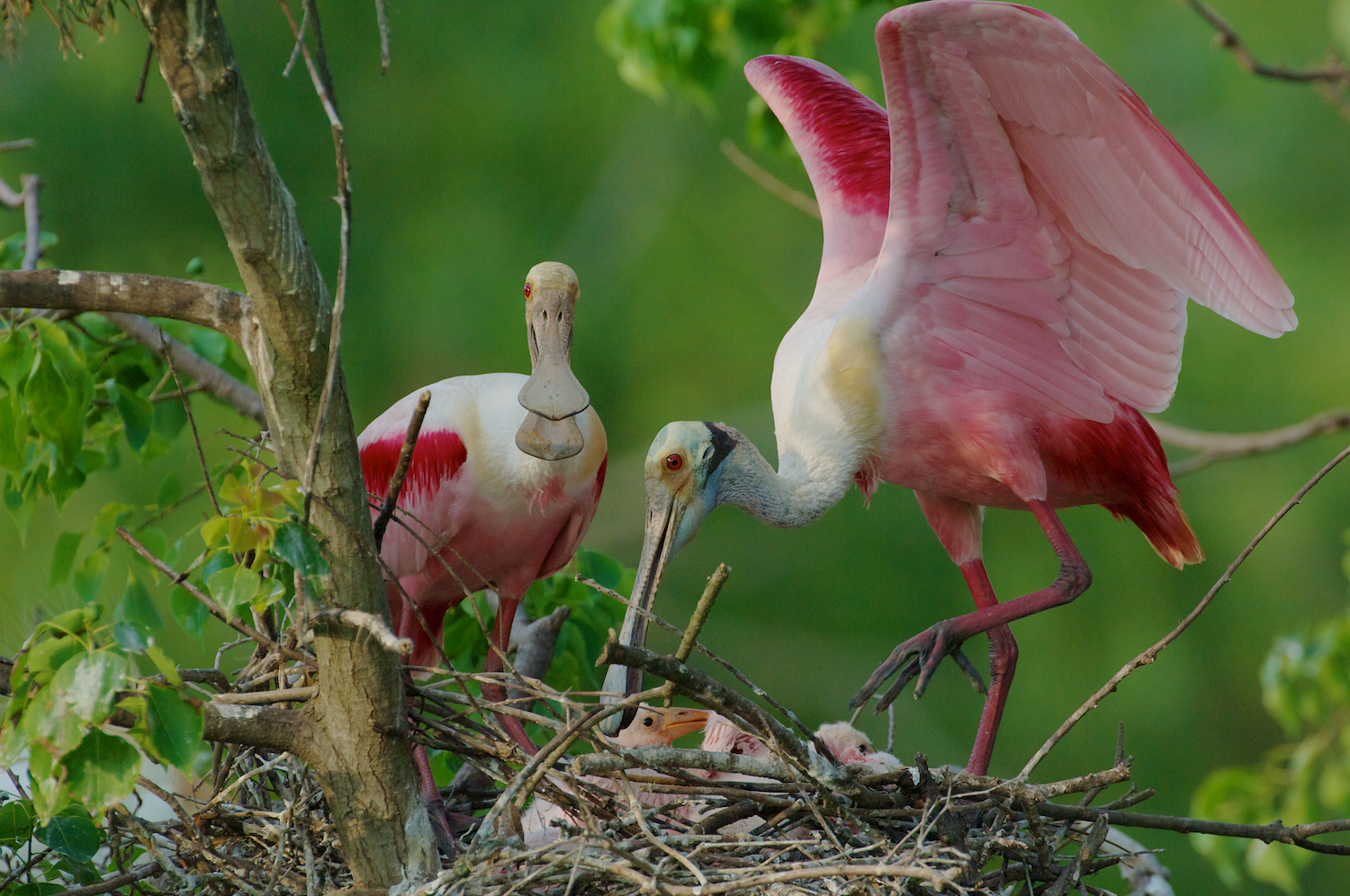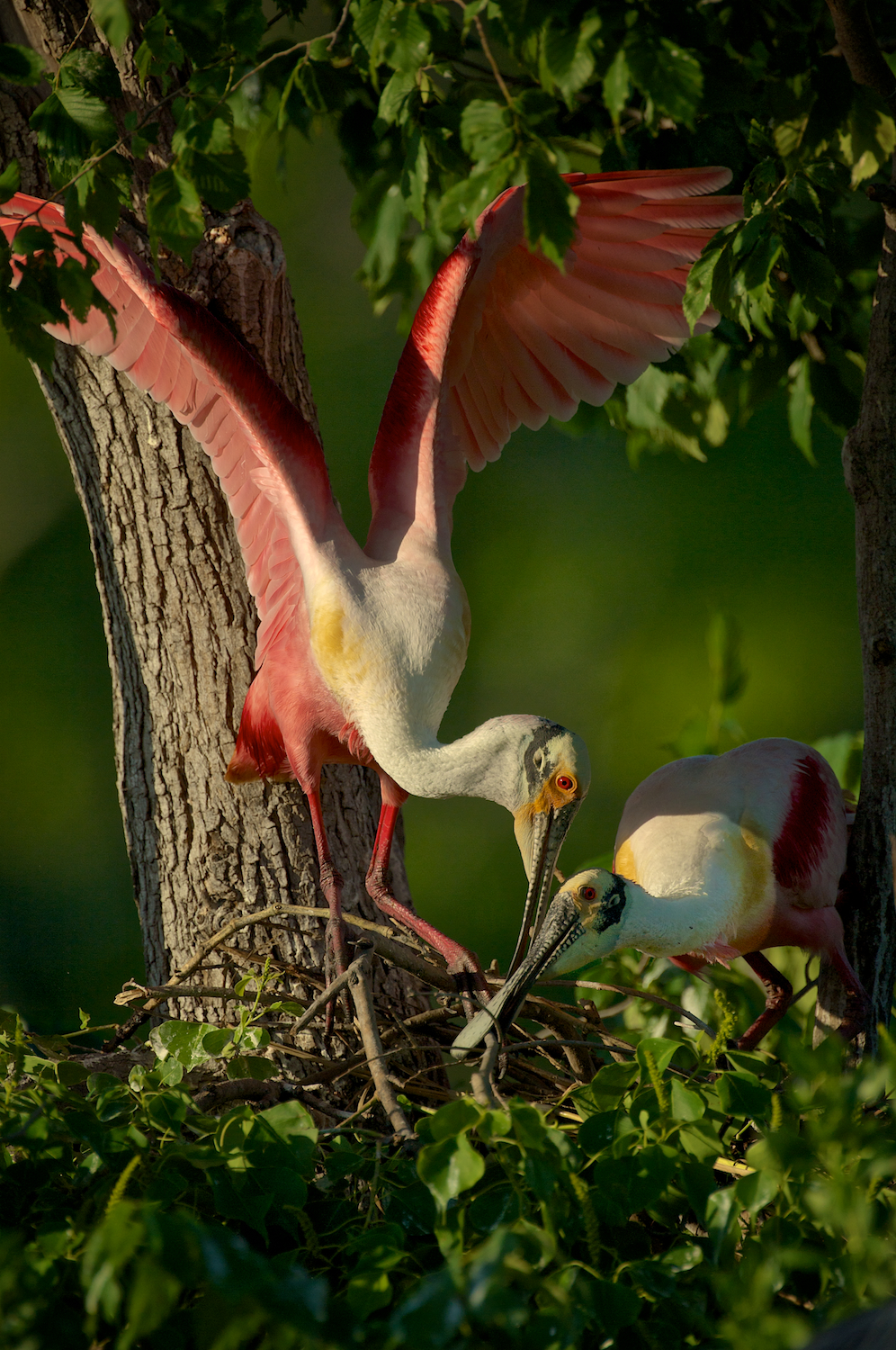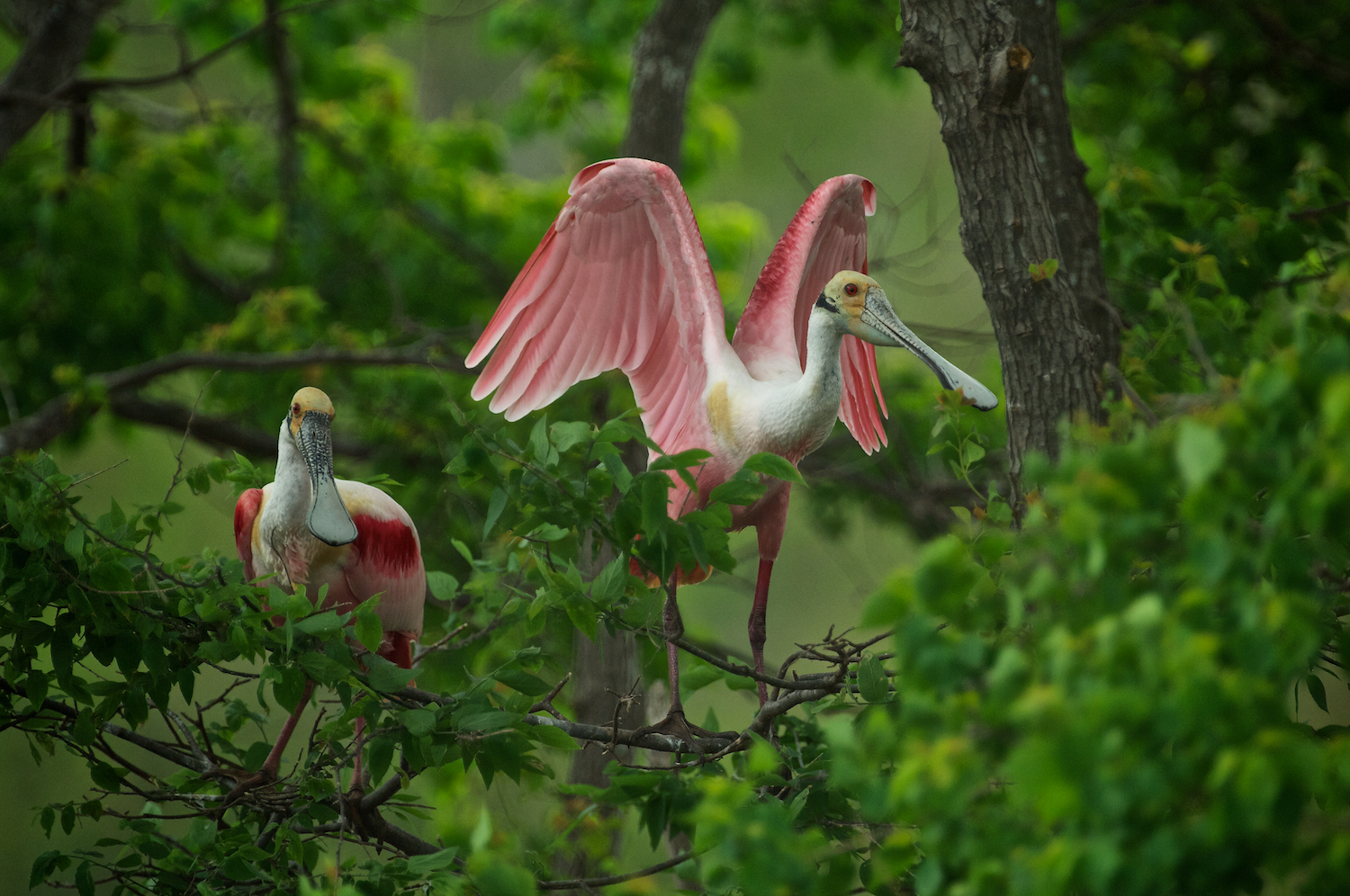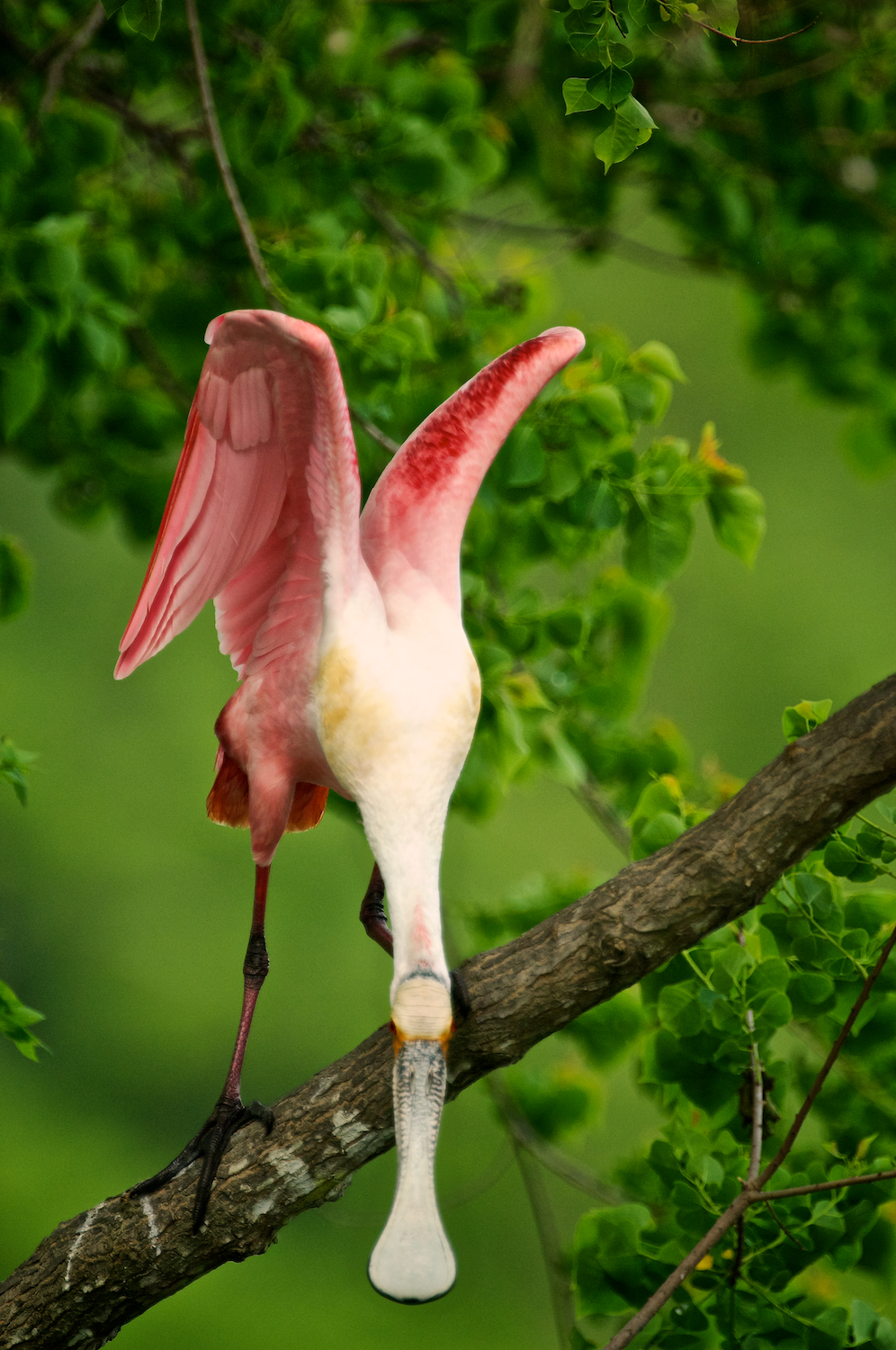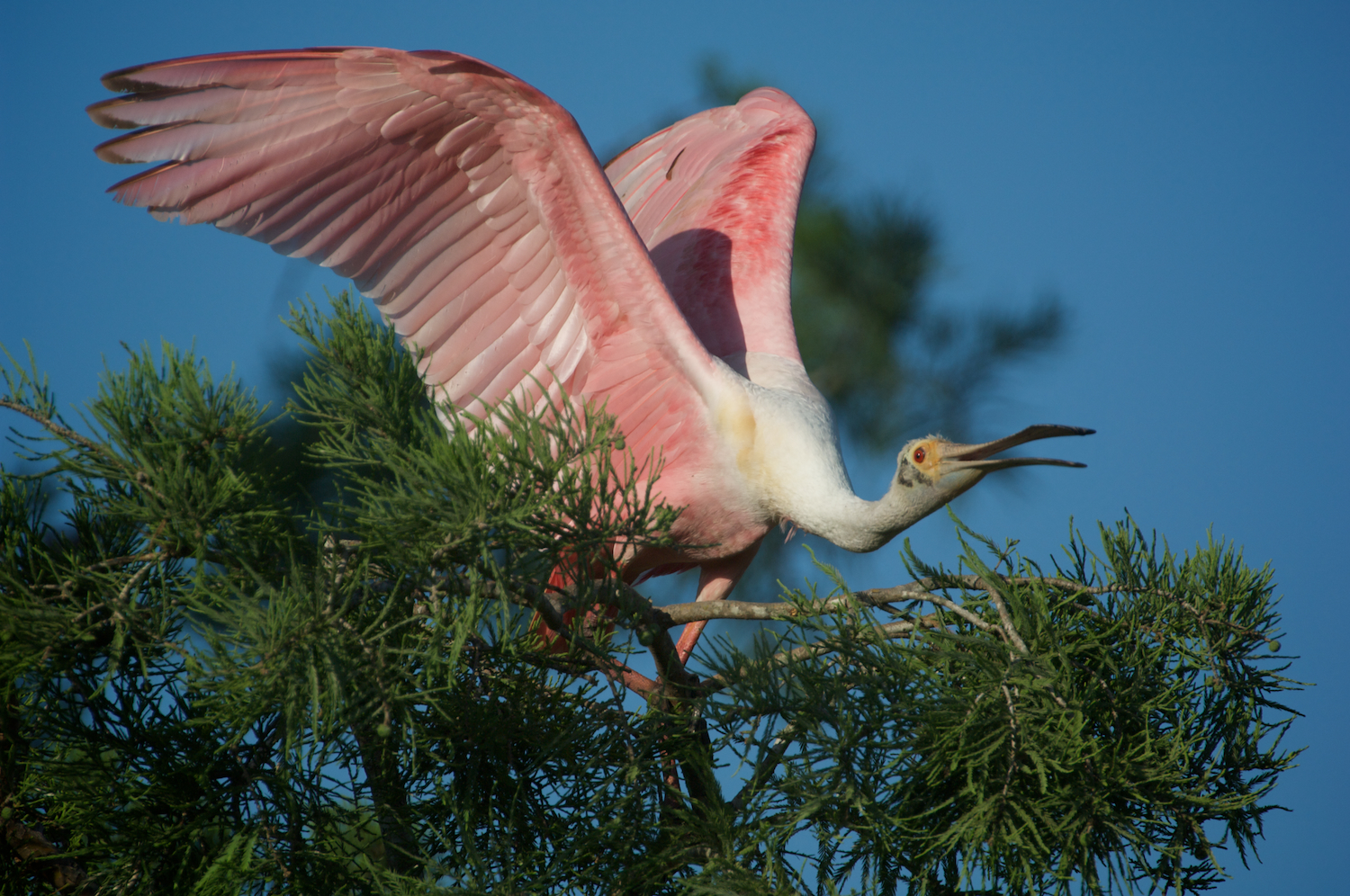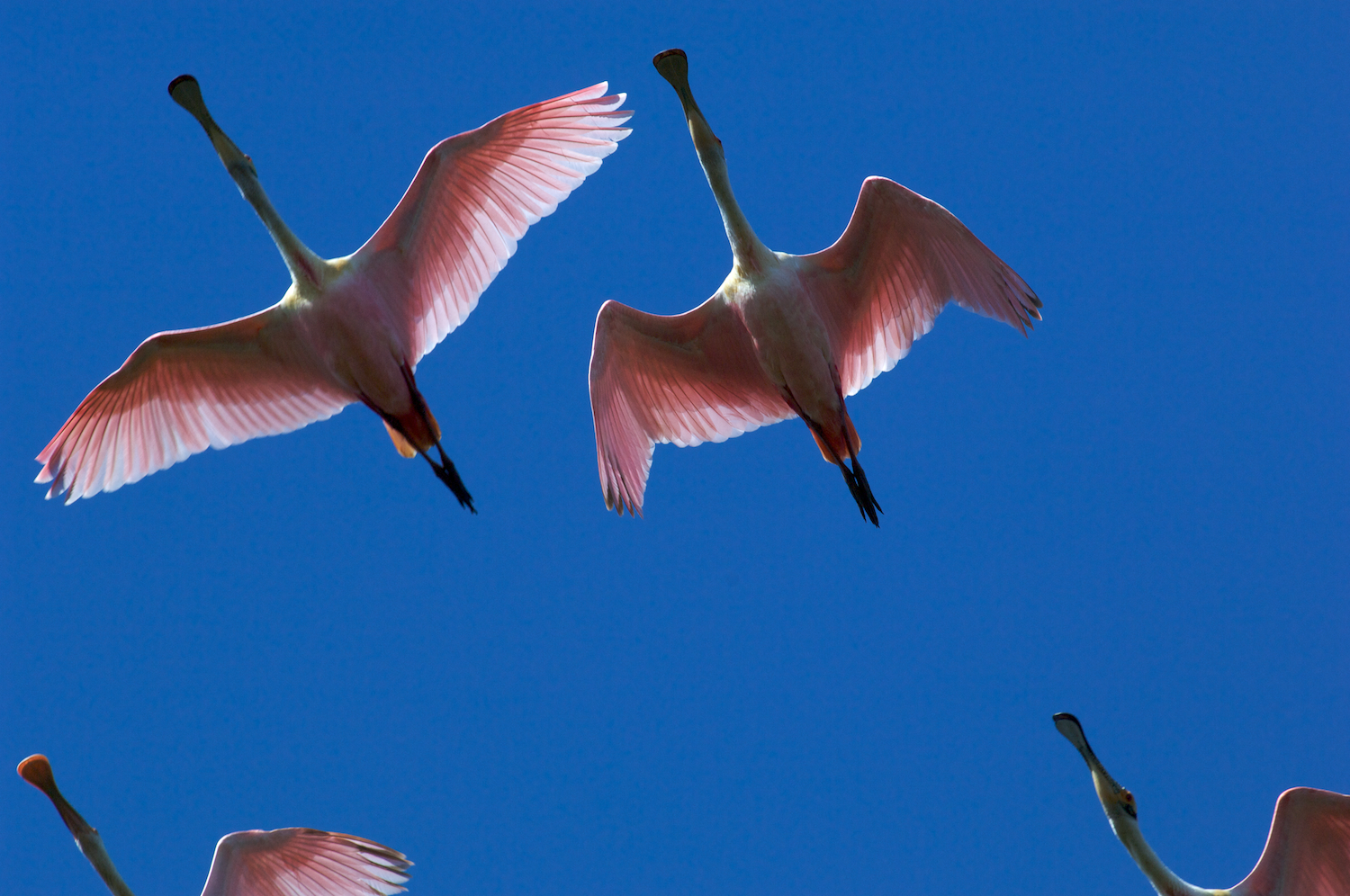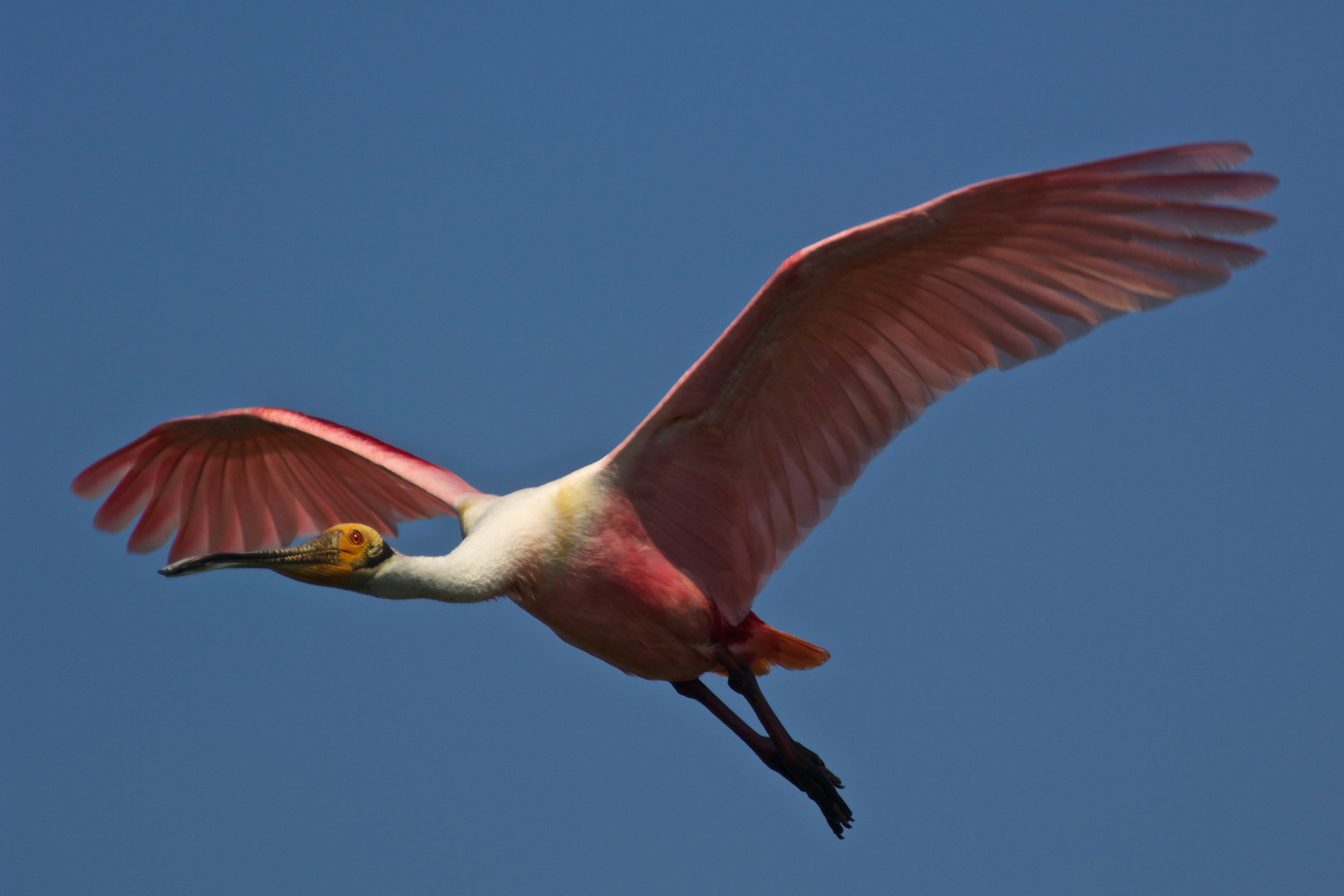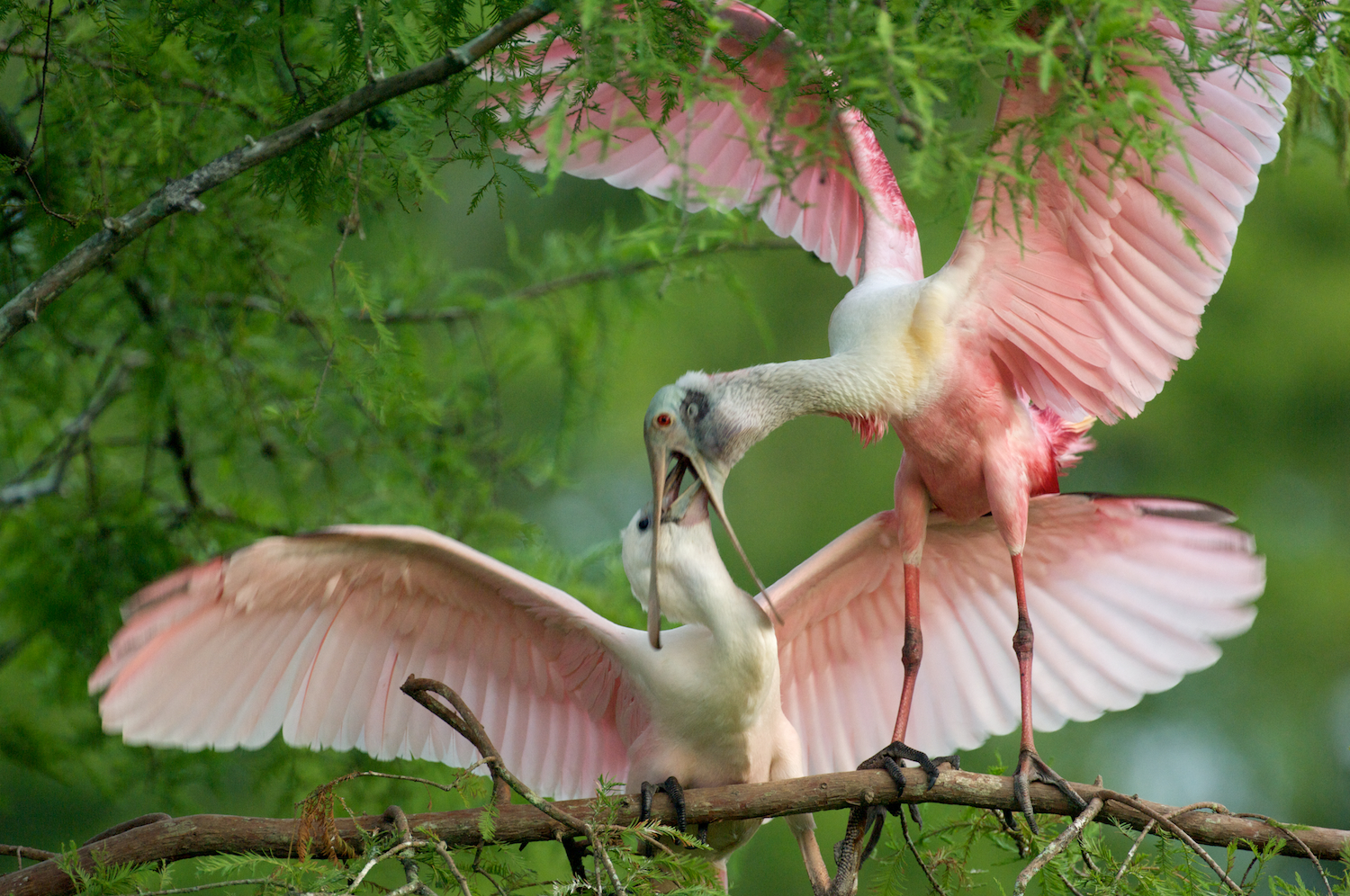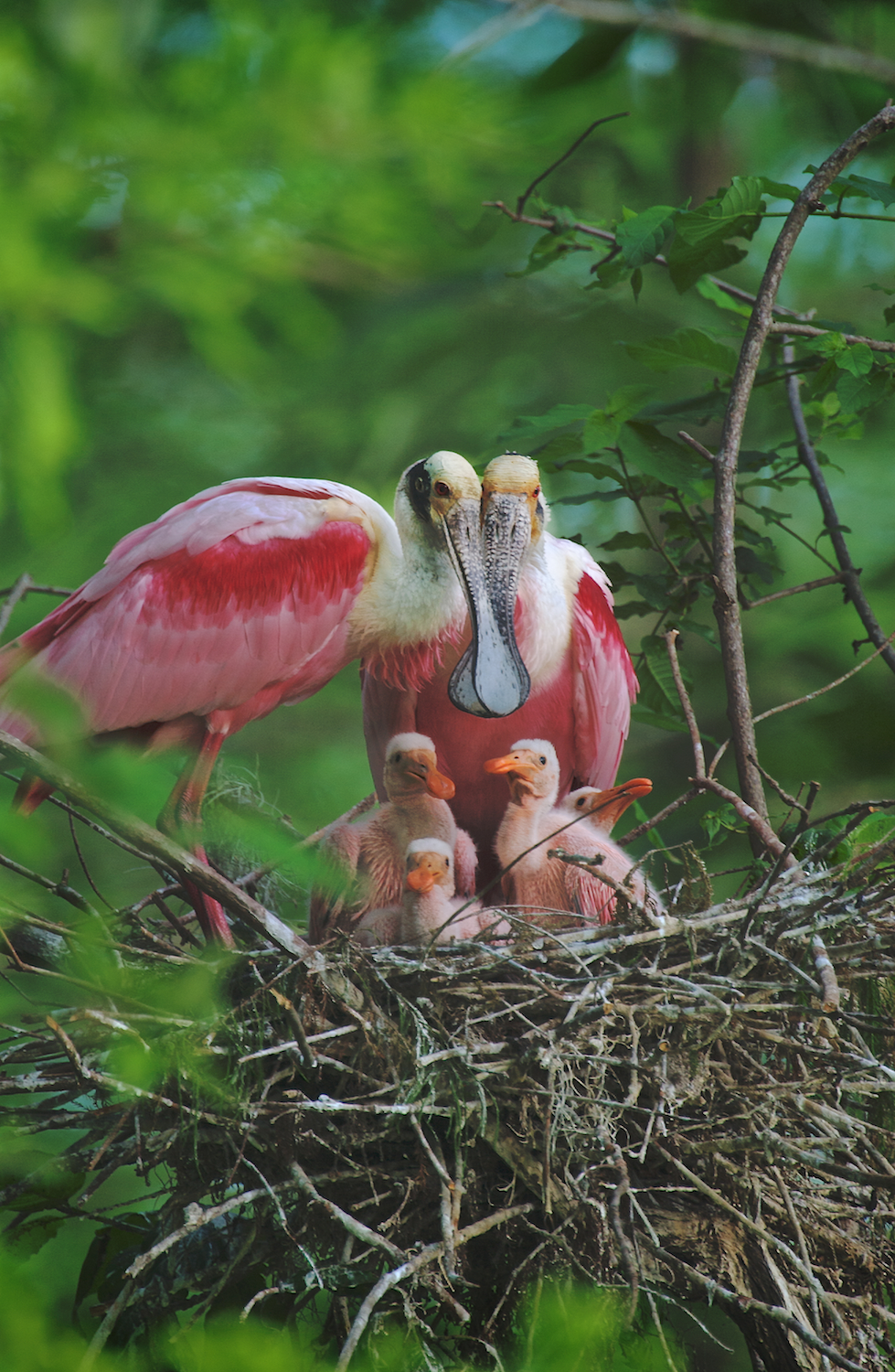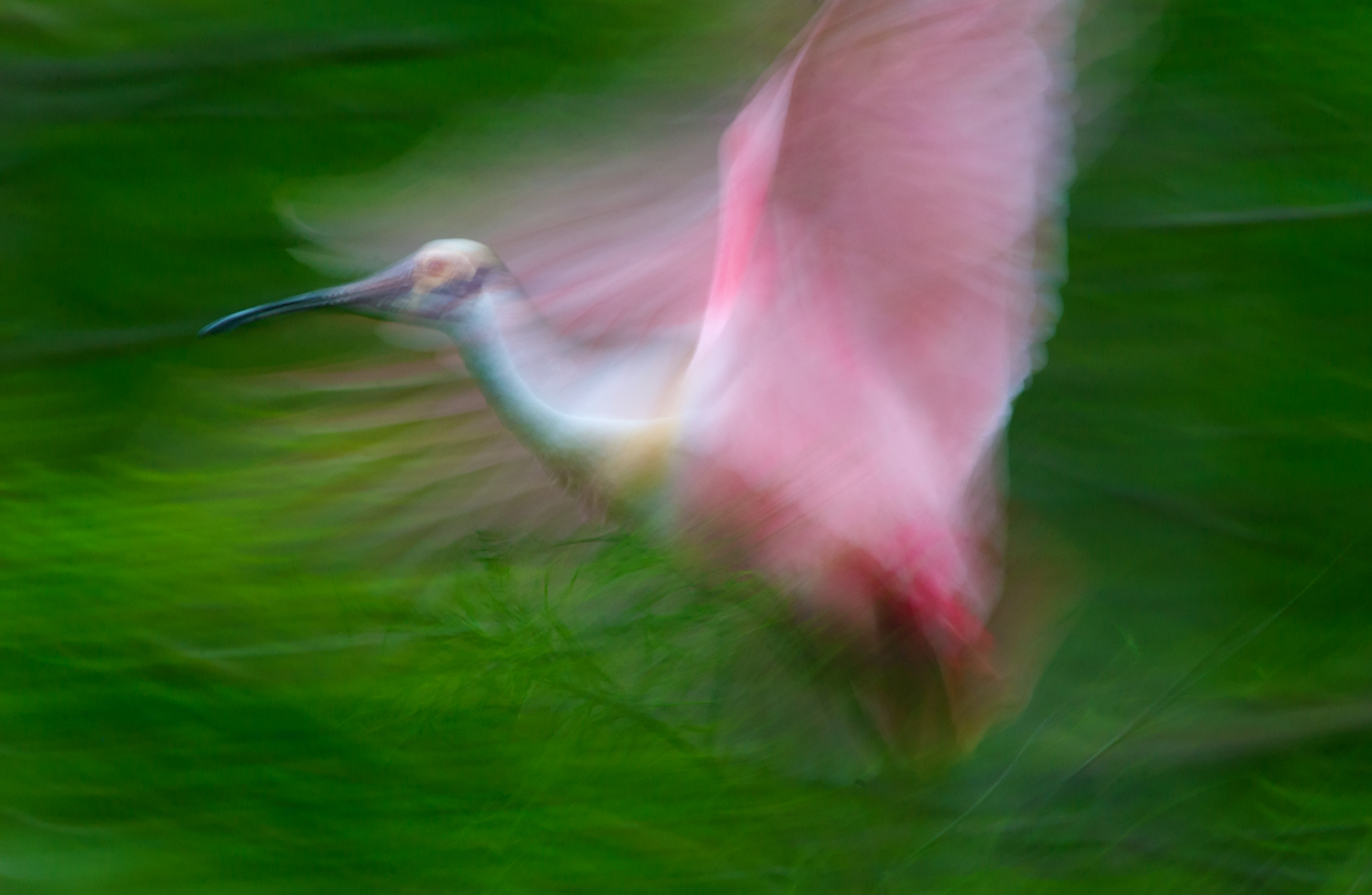Charles Bush Photography January 2025 Newsletter
Join Charles Bush Photography’s Fall and Spring Photo Tours in 2025 to capture Louisiana’s stunning landscapes—vibrant cypress trees, lush spring greenery, and dynamic wildlife. These tours are perfect for refining your skills and creating unforgettable images.
View the Best Photos of 2024 for inspiration, and explore our newly updated website for tour details and easy navigation. Sign up today to elevate your photography!
Fall Photo Tours
Black and White Swampscene taken at Lake Martin in November 2023
I am excited to announce three new Louisiana Fall Photo Tours for 2025:
November 2nd – 5th, 2025
November 16th – 19th, 2025
December 1st – 4th, 2025
These tours provide a unique opportunity to capture the beauty of old-growth cypress trees, some of the few remaining stands in Louisiana. Scheduled to coincide with peak fall foliage and optimal lighting conditions, you will have the chance to photograph these majestic trees reflected in the still waters of Louisiana’s swamps. These photo sessions will focus on perfecting your compositions and capturing the intricate details of Spanish moss, vibrant cypress leaves, and mirror-like reflections.
Join us to explore the heart of Louisiana's natural beauty and elevate your photography.
Learn more and sign up for the Fall Photo Tours
Spring Photo Tours
Great Egret Courtship Behavior Taken at PJF Farms in April 2024
There is still availability for the 2025 Louisiana Spring Photo Tours:
April 13th – 16th, 2025
May 11th – 14th, 2025
May 25th – 28th, 2025
Springtime in Louisiana offers a photographer’s paradise with nesting wading birds, osprey in flight, and the lush greens of new growth. These tours are designed to get you up close to the action, providing stunning opportunities to capture intimate wildlife moments and dynamic bird behavior. Learn how to frame your shots to highlight the vibrant ecosystem and create images that tell a story.
Reserve your spot today and experience the magic of Louisiana in spring.
My Best Photos of 2024
Look at my curated gallery of the Best Photos of 2024, showcasing some of the most memorable moments captured during last year’s tours. From serene swamp reflections to striking bird portraits, these images demonstrate the kinds of stunning photographs you can create on one of my tours.
Website Update
With the recent update from Squarespace 7.0 to 7.1, my website's look and functionality have changed. While I’ve worked diligently to restore the familiar layout and optimize for search engines, some aspects, like the gallery navigation, differ from the previous version. I’m continuously improving the site’s usability and ensuring the content remains accessible.
Please email me if you notice any errors or have feedback about the site. I greatly appreciate your input.
Boats for Photographing in the Swamp
Photographing nature in Southern Louisiana often means shooting from a boat. Previously, I discussed techniques for shooting in a boat. For this post, I'm talking about what type of boat to use in the swamp.
Aluminum Hulled Boat Used on my Photo Tours
Photographing nature in Southern Louisiana often means shooting from a boat. Previously, I discussed techniques for shooting in a boat. For this post, I'm talking about what type of boat to use in the swamp. Considerations include;
- The ability to get into areas with shallow water
- How quiet the boat is, mainly when photographing wildlife
- What your point of view is, you want to be low for some subjects, high for others
- The stability of the boat you don't want to fall in
- Your ability to Photograph without the boat or anyone in the boat obscuring the view
- You want to be able to transport the boat to the shooting location easily
- The ability to operate the boat while you also photograph with the camera?
- Cost
I include the following types of boats in this post:
- Skiffs
- Mud Boats
- Airboats
- Canoes
- Kayaks
- Perogues
Motor Powered Boats
Skiffs
I've been working with the folks at The Atchafalaya Experience since 2003. They use aluminum-hulled boats with outboard motors and a center console for steering and control. These boats get us into fairly tight places with several feet of water. They sit moderately low on the water so you can get a relatively low point of view, often ideal for landscapes and suitable for birds wading in the water. They are rugged and extremely safe. They are stable enough for you to stand so you can achieve a higher point of view for birds perched in trees or nesting on a treetop. They are relatively quiet, allowing reasonably close access to birds without stressing them. They can quickly cover a large area allowing you to shoot at multiple locations.
Ideal when multiple photographers are photographing and with people with limited experience operating a smaller boat that requires paddling.
Downsides include obscured vision with multiple people in the boat, vibration from the motor, difficulty transporting and launching the boat, and cases where you want to have a point of view at water level. This type of boat is best when the captain is not photographing.
Mud Boats
Gator Tail Mud Boat on the way to Cow Island Lake
Mud boats are similar to skiffs, except that they have an outboard air-cooled engine allowing them to traverse areas of little or no water. As the best swampy areas to photograph are in shallow waters, this can prove a significant advantage. My friends at Atchafalaya Experience used this type of boat for several years. However, they proved to be unreliable, and for wildlife photography, their propensity to backfire when restarting the engine proved to be problematic. These boats are as stable as the skiffs with the same issues with transporting and launching. As with the skiff, you need a dedicated captain, who is not photographing.
Airboats
A flat bottomed boat fitted with a large automotive engine and an aircraft propeller. It does not require water and can go over swampy areas. Very noisy and vibration prone. Hearing protection usually needed when in use. Wildlife doesn't tolerate the noise, and the vibrations make photography very difficult. The point of view is high, and there is little ability to move about in the boat when in use. The only practical function is to drop off photographers in remote locations not reachable in any other way. A skilled, dedicated captain is required.
Human Powered Boats
Perogues
The Perogue is the classic cajun boat used for fishing and trapping in the swamp. Originally a dugout made from a cypress tree, the most common form of it is now handmade from 1/4 inch marine or exterior plywood. Classically the boat is push polled with the person standing in the Perogue, but many people sit and paddle with a single-headed paddle. Flat bottomed, it has a very shallow draft and can operate in very shallow water. It is typically less stable than a canoe, but more stable than a Kayak. I've never photographed from a Perogue; however, many years ago, my wife and I paddled in Bayou Dularge south of Houma in one built by her Grandfather. Unfortunately, it had developed a leak, and the two of us slowly sank. I think of this when I consider photographing from one. A Perogue may be a good option for swamp photography. Perogues are inexpensive if you're able to construct it yourself, stable, quiet in the water, reasonably simple to transport, and low in the water. Like all human-powered boats, you're not able to move from one area to the next rapidly, so you need to pick your location carefully. Also, being small, you're limited to shallow protected waters; you don't want to be out in rough weather.
Kayaks
Kayaks are the modern replacement for the Perogue. Lighter and available at low cost, they don't require construction. They ride lower in the water than the Perogue so they may offer a better point of view. I haven't photographed from one, but know many who have. They represent an easy, inexpensive way to get on the water. Again, you need to pick your location, you can't quickly paddle across and a large body of water. They are quiet, easy to transport, and you can launch nearly anywhere. Typically they are paddled with a double-headed paddle, but foot-powered kayaks are available, which would leave your hands free to photograph, and you are less likely to splash water on the equipment.
Canoes
A Canoe may also be an excellent way to photograph on the water. Heavier than either the Perogue or the Kayak, they are more stable, but they are harder to transport or launch. Like the Perogue and Kayak, they are quiet and have a shallow draft. Typically they are paddled with a single-headed paddle, a disadvantage over the Kayak as it is more likely to splash water on equipment. Like the other human-powered boats, moving quickly to another location is not possible.
I've relied on motor-powered boats for the 19 years I've been doing photography in Louisiana. Over the next year, I hope to explore one or more of the human-powered alternatives to allow me to get out more on the water.
Buying Bird Photography Equipment on a Budget
Bird Photography on a Budget
The equipment for bird photography can be very expensive. Part of this is the nature of the business, photographing small moving objects requires long telephoto lenses and effective autofocus systems
Beginning bird photographers would be well served with a good cropped sensor camera body and 400 mm f/5.6 lens or a 300 mm f/4 lens with a 1.4x teleconverter. By applying several common sense strategies you can acquire such a system at a reduced cost.
White Ibis in Breeding Plumage Millers Lake - Taken with Nikon D2X and Nikkor 300 AFS F/4 with TC-14e Teleconverter
This article is an update to my 2015 article, with much of it duplicated here. The good news is that with the switch by major camera manufacturers to mirrorless cameras with new lens mounts, there are bargains available for excellent systems. It is now possible to purchase a good starter system for approximately $1500, about $500 less than five years ago when I wrote the original article. The camera bodies now have more resolution, a faster frame rate, and are lower in high iso noise.
The equipment for bird photography can be costly. Part of this is the nature of the business, photographing small moving objects requires long telephoto lenses and effective autofocus systems Beginning bird photographers would be well served with a good cropped sensor camera body and 400 mm f/5.6 lens or a 300 mm f/4 lens with a 1.4x teleconverter. By applying several common-sense strategies, you can acquire such a system at a reduced cost. For Nikon, currently available suitable camera bodies are the D7200 and the D500, for Canon, the similar camera bodies are the EOS 7D Mark II and the EOS 7D Mark III.
Strategies for Reducing Equipment Costs
There are several strategies for reducing the cost of such a system. These include:
1. Buying Refurbished Equipment
2. Buying Last Years Model
3. Buying Used
4. Buying Grey Market
5. RentingBuying Refurbished Equipment
The two major camera system manufacturers used in bird photography, Nikon and Canon, both offer equipment that has been returned and then repaired and resold as refurbished equipment. I frequently use this strategy, and the savings are significant. Often the testing performed on refurbished equipment exceeds that done on new, I've purchased many camera bodies refurbished and numerous refurbished lenses, and I've never had a problem. However, one downside to this strategy is the length of the warranty, typically 90 days rather than the one year for new equipment, in some cases, a camera store will supplement the warranty with one of their own, but I'm not sure how well this works. I make sure I do a thorough job of testing any equipment purchased in this way as soon as I receive it to reduce the risk of a problem.
I have purchased refurbished equipment from Nikon directly, B&H, and Cameta Camera (Currently offline, not sure of their status).
For example, right now, Nikon USA has a refurbished D7200 699.96 and a D7500 for the same price, I'd choose the D7200 even though it's an older camera because it only has one card slot. Older, Nikon manual focus lenses aren't supported, if those things aren't relevant to you, the D7500 may be better as it shoots 8 FPS versus 6, and it has an articulating screen. A new D7500 is going for $899.99 on the same site.
Buying Last Years Model
Both Nikon and Canon have recently released mirrorless cameras, with significantly higher prices, and they probably don't handle flying birds as well as the DSLR's. For now, if you're looking for a budget system, I'd go with one of the DSLR's
The newer Canon 100-400 is $1799 at B&H, and the Nikon 300mm f/4 pf is $1996.55. While these are indeed very lovely lenses, for the budget-conscious, the older lenses are a better choice.
Buying used
Frequently when new equipment is released, people sell their older models to finance the latest camera equipment. This behavior is certainly correct now with the Nikon and Canon Mirrorless systems and with many people moving to Sony or Olympus Mirrorless systems. Looking at sources like KEH camera and eBay, you'll notice used camera equipment prices are much lower now. For example, I saw a used D500 on eBay for $845, which sells new for $1496.95. However, on eBay, if something looks too good to be true, it probably is. Check the seller ratings carefully and stick to one that has a high rating and a large number of sales. Usually, you're better off going to someone like KEH or the used department of B&H.
Buying Grey Market
Another strategy is buying "imported" or "Grey Market" equipment. Stores often purchase equipment outside of the country at a lower cost and then sell them in the US for less. The downside of this is that Nikon and Canon in this country will not honor the warranty or even service the equipment. I'm cautious not to buy any expensive Grey Market products. However, for low maintenance items, for example, a teleconverter, I would undoubtedly consider Grey Market if the price were right.
Renting equipment
One strategy for a one time equipment need, such as for an assignment or to do a photo tour, is to rent the equipment. Several good rental companies rent appropriate equipment. Two I'm familiar with are:
Lens Rentals Borrow Lenses
One caution is to be sure that you either have insurance or purchase their protection in case something goes wrong.
Camera Company Deals
Nikon and Canon are also running many specials discounting older cameras they still have in stock. If you're interested in a specific model, be sure and check that the used or refurbished camera or lens is really your best deal.
Conclusion
You can put together a good beginner's bird photography system with roughly equivalent Canon and Nikon equipment now for approximately $1500, roughly $500 less than five years ago, and have a better system.
Photographing Stunning Louisiana Landscapes in the Fog.
There are many foggy mornings in Southern Louisiana. This is very fortunate! I love to photograph Foggy Cypress Scenes over the water. The limited vision afforded by the fog enables the trees to be seen against a stark white background. Even better, mornings with low lying fog allow the photographer to create stunning images of the fog appearing to be on fire.
There are many foggy mornings in Southern Louisiana. This is very fortunate! I love to photograph Foggy Cypress Scenes over the water. The limited vision afforded by the fog enables the trees to be seen against a stark white background. Even better, mornings with low lying fog allow the photographer to create stunning images of the fog appearing to be on fire.
Louisiana and Fog
Due to the humid conditions, Fog is not unusual in Southern Louisiana. Fog forms when the air temperature falls below the dew point. Over the water, in the Atchafalaya Basin, it is not unusual to have very dense fog that covers all. Less frequently, the fog forms in a thin layer over the water. Both situations lend themselves to stunning photographs.
Photographic Characteristics
1. The light is very “soft”. No distinct shadows are visible and very little detail is discernible.
2. There is very little contrast,
3. The scene becomes blurrier with distance, the further the object the less sharp it appears.
4. Shooting into a light source causes the fog to “glow”
5. The scene is often much brighter than a camera meter will measure.Techniques
1. Choose your position to the scene prior to picking a focal length, judge the degree of blur desired, then choose the lens focal length to make the composition.
2. Focus the lens on Close Objects rather than distant ones. The image appears sharper closest to the photographer, A sharp foreground with a blurred background will look natural.
3. Largely ignore the depth of field as distant objects will appear blurred in fog anyway. A moderate Telephoto Lens is often a good choice in dense fog even with its shallow depth of field.
4. Assume the scene is white, which often requires 2 stops of light beyond mid-tone. In an automated mode such as Aperture Priority try 1.7 to 2.0 stops of positive compensation. Check your histogram after shooting and adjust to the conditions.
5. With Low lying fog, look for opportunities to shoot into the sun to achieve a fiery appearance.Examples
Taken with a Nikkor 70-200 with a 1.4 Teleconverter at 310mm 100 ft from trees. Focused on the front stump.
Taken with a Nikkor 28-70 @ 70mm @ f22. Focus was on foreground branches.
Taken with a Nikkor 28-70 @ 70mm @ f11, Focus on Foreground Grasses.
Boat positioned with rising Sun Behind Cypress Tree.Taken with Nikkor 28-70 @ 70mm f5.6.
Preparing for a Photo Trip–Part 3
The third of the series from the old Web site. Final Preparations
Final Preparations
At one week prior to the trip, long range weather forecasts are available on the web. While long range forecasts may not be the most accurate, it's a good time to get a handle on what weather you'll be experiencing on your trip. I like to look at the predicted high and low temperatures and of course the chance for rain. Based upon this forecast I can decide on clothing that may be needed for the trip. If I'm going to be spending time on a boat, I factor in the wind chill factor planning on a wind chill factor of at least 10 degrees below the forecast low. So, for example if the forecast low is 50, I know I'll need a fairly heavy jacket to keep warm. If there is any chance of rain, I'll make sure I have my Poncho, if the there is a very low chance of rain, I'll bring a small plastic poncho or perhaps just rely on a large black trash bag. For really cold weather I'll make sure I have a parka and long underwear.
Depending upon the weather I may modify the equipment I plan on bringing. While I always carry large trash bags, if it looks like there'll be a lot of rain I may bring a protective cover for my long lens and make sure I have my waterproof case for shooting sessions. While my rain cover is a bit more difficult to set up than a plastic trash bag, for days with a lot of rain I do feel more comfortable with a rain hood. I will also carry a towel or two to put over the lens or carry on the boat to allow me to keep things as dry as possible.
I also will check tidal information or river stages where appropriate. For example one of the favorite shooting locations on my tours is Cow Island Lake. But the Atchafalaya river stage must be greater than 15 feet for us to be able to get over the weir at the entrance of the Lake. I can check the current stage and the predicted stage on this link. I will continue to track this to make sure I schedule the trip to insure I can do the shoot I plan.
Now is also the time to go through and double check your equipment and do a final cleaning prior to the trip. Using the equipment list you've developed, now is the time to pack everything for the trip. Make sure everything is properly padded and protected. I like to use small plastic bags for each camera body or lens to reduce the amount of dust and the potential for water. If I plan on shipping equipment to the shoot, now is the time to do that to make sure it arrives in time.
Finally it's good time to do a check on your travel arrangements, make sure the flight hasn't changed and the hotel has your reservation, etc.
Photographing the Roseate Spoonbill
I've moved this from my old Web site. While I've updated the images using a slide show rather than the original in-line images, the content remains the same.
I’ve updated this guide with new information about where to photograph these beautiful birds; see the update here.
Also, please consider joining us for a tour, which includes photographing these beautiful birds; check out my tours here.
Ever since I saw my first Roseate Spoonbills along the side of the highway many years ago, I’ve been completely mesmerized by the striking colors and prehistoric appearance of this large pink wading bird. Not knowing of the bird when I first saw it, my first impression was one of disbelief. That was over 35 years ago, but every time I see one, I’m completely amazed but what I see.
General Facts and Appearance
The Spoonbill is the most striking wading bird in North America. It has a pink body, with red on its wings, and an orangish patch on its tail. The bill is spatula shaped and is used to scoop up its food from the water. It's about 30 inches tall with about a 36" wing span. The reddish wing feathers are more prominent during mating in the spring.
Here in Louisiana, they mate in early spring, March or April, and have the chicks in May or June. They nest with other wading birds in Cypress Trees growing in the water. Each mating pair has 3 to 5 chicks. The chicks are much lighter in color, a pale pink.
During the 1900's the population was decimated with "plum-hunters". The feathers were used for such things as fans. Since they nest among other wading birds such as egrets, which were also hunted for their feathers, the population was also impacted due to the disturbance of their nesting area. Currently nesting populations are found along the coast in Texas, Louisiana, and Florida. In Louisiana the largest nesting populations are in the Southwestern part of the state, within about 100 miles of the Gulf coast.
Behavior
The birds are often seen walking in the water foraging for food with their spatula shaped bill. Unlike the herons, they walk in a crouched position and move their tail back and forth as they walk. When in flight, the hold their head straight out, flapping their wings relatively slowly.
The birds are very territorial, during nesting season male act aggressively to other males holding territorial fights and chasing other males from their nesting site.
Roseates are often found in flocks during and outside of the nesting period. When nesting they are observed leaving and returning in larege "Upflights" involving many birds.
Migratory Behavior
In Louisiana, Roseate Spoonbill's don't appear to migrate outside of the area. They do disperse from the nesting site, probably due to food supply issues, but are found in the general area throughout the year.
The best online reference I've found is at:
Cornell Universities Birds of North America Online
Places to photographe Roseate Spoonbills in Louisiana
Lake Martin
Prior to 2006 Lake Martin, near Lafayette Louisiana, was without a doubt the premier location to photograph Roseate Spoonbils. Every spring, hundreds of pairs of Spoonbills nested in the Bald Cypress trees growing from with the waters of the Lake. Many of the nests were clearly visible from the gravel road on the East side of the Lake. The nesting area extended almost a mile from the south side of the Lake. This made mornings in the Spring at Lake Martin an exceptional place.
I returned to Louisiana in late 2001 and visited Lake Martin for the first time in March of 2002. It was an unforgettable experience seeing the hundreds of these beautiful birds sparring for their place to nest. During 2002 and 2003, I made the 2 hour trip to Lake Martin 2 or 3 times per week in the Spring. Many of my best photographs of the Spoonbills were made during this period.
Unfortunately early in the nesting season of 2006 a series of unfortunate events led to the near collapse of nesting at Lake Martin. The few remaining birds were nesting within the interior of the Lake far from human view and camera range. My take on this unfortunate event is found elsewhere on this site. While there has been a steady increase in the nesting population each year, as of the writing of this article in the winter of 2011, the birds have not returned to the area near the road that led to such wonderful photo opportunities. Hopefully over time Lake Martin will be restored to its' former status. Until then photographing Roseate Spoonbills there is only a pleasant memory.
(Update Late 2015, 2015 saw the fewest Roseates at Lake Martin since the 2006 event. Unfortunately I believe hope for a return of the previous glory of the Rookery is not to be expected.)
Rip Van Winkle Gardens - Jefferson Island
In 2007 I found a very nice Roseate Spoonbill Rookery near New Iberia, Louisiana. On the grounds of a Commercial Nursery many pairs of Roseate Spoonbills can be found nesting on artificial islands in Cypress trees. The islands were created for the express purpose of attracting a Rookery during the 1980's and it took until 2005 or 2006 for this to occur. Being on private property it requires permission to photograph there, but upon obtaining the permission it is a very nice and accessible place to photograph the birds. On advantage over Lake Martin is that there shooting opportunities both morning and afternoon. This location currently provides the best opportunity to photograph the birds. The way the location is laid out, it is a very natural setting with nice foliage and opportunities to create pleasing out of focus natural backgrounds. Not only are their opportunities to photograph nesting birds, it is well laid out for photographing the birds in flight.
Talons Landing Road – Klondyke, Louisiana
In Southwestern Louisiana, there is a small Rookery with Roseate Spoonbills. While there aren't as many birds as the Rookery at Jefferson Island, There are a there have been a dozen or so nesting Roseate Spoonbills for the past 4 years. While the site is on private property, shooting is from a gravel road to the West of the Rookery. The birds are about 70 feet from the road allowing excellent afternoon photo opportunities. During 2005, the site was badly effected by hurricane rita and there were no birds at the site in 2006. The birds returned in 2007 and have been there every year since.
(Update Late 2015, While the birds were nesting there in 2015, the grass along side the road has now almost completely obscured the trees, good photography at that site was not possible in 2014 or 2015)
Millers Lake
There is a very large wading bird Rookery at Millers Lake near Ville Platte, Louisiana. While the site has largely Ibis, Egrets, and Herons, there is also a small population of Roseate Spoonbills. While I love photographing at the Lake, access is by boat only and during dry years, only with a "mud boat". Unfortunately the Spoonbills nest in trees that are inaccessible by boat. While I've made some nice flight photographs of Roseate's there, it is not one of my preferred locations.
Other
As you move further west in the state there are other Roseate Spoonbill Rockeries I am aware of by have rarely photographed at. Sabine National Wildlife Refuge, badly damaged by several hurricanes, is a well known place for the bird. In 2006 when the Rookeries at Lake Martin and Klondyke had failed there was a small Rookery at Lacassine National Wildlife Refuge accessible by boat, the only place I could locate for that year. Interestingly, that was the only year the birds were there.
Photographic Challenges and Techniques
Wading bird Rookeries are challenging places to photograph.
The closest you're going to get to nesting birds is 75 to 150 feet. In order to photograph birds of this size at that range you're going to need at least a 500 mm lens to get nearly full frame photographs.
In many cases you're going to need a teleconverter to increase your range, with its' limitation on both sharpness and aperture.
Rookeries are cluttered places, it's difficult to isolate one pair of birds from others and getting a clean shot without sticks or branches is a challenge.
Roseate Spoonbills are light colored birds and frequently you're dealing with darker color backgrounds, exposure is tricky.
The following techniques will help
Learn and practice good tripod technique with your telephoto lens. A proper tripod, tripod head, and properly holding the lens will help get sharp shots at slower shutter speeds. Work on holding your eye to the viewfinder, keeping your hand over the focus ring of your lens and squeezing, not jabbing the shutter button.
With a long lens with its very narrow angle of view, moving only a small amount will make a major difference with what appears in the background. Don't limit your movement to left and right, check higher and lower and backwards and forwards as well. Look for holes in the vegetation and angles to avoid the out of focus bird in the background.
Personally I like to manually meter using the spot meter function on my camera. For my shooting this works best for me. I meter something bright white near the birds I'm photographing, typically an egret at a rookery and set the exposure to something like 1 1/3 to 1 2/3 above mid-tone, take a couple of test shots and check I'm not clipping the highlights with the camera's histogram and go from there. Other people prefer to use the camera's evaluative or matrix metering system with Aperture Priority and you can get good results with that as well. However using this method often you will need to add some negative compensation, particularly if the background is dark.
Roseate Spoonbills typically look best in softer light Therefore it' best to photographer either early in the morning or late in the afternoon when the light is softer and directly pointing at the bird to minimize distracting shadows. On overcast days, you can often shoot most of the day, but try to compose your shots without the sky in the background.
Photographing the Roseate Spoonbill in Flight carries it's own set of challenges. One advantage is that they will often fly directly overhead and you can get full frame shots with a 300 mm or shorter telephone lens. However like any moving object you need to master panning with the subject. Given the slower action of the wings, it is less difficult to get a pleasing composition than with many other birds, but photographing in continuous shooting mode is frequently helpful. Exposure against a bright blue sky is typically pretty close with no compensation.
Time of year
The four years I photographed at Lake Martin, the timing was consistent and as follows:
- Roseate Spoonbill's arrive and begin Mating Behavior – 2nd or 3d week in March
- Nest Building – Early Apri
- Eggs on Nest – Mid to late April
- Chicks on Nest – Mid May – Early June
Since 2006 working at different sites and with a different weather pattern, I'm finding that many years are later. In fact 2010, with a very cold winter, nesting activity and chicks on the nest at Jefferson Island was a good month later than what I had experienced at Lake Martin. Nesting at the Rookery in Klondyke was a good 2 weeks earlier than at Jefferson Island, although still several weeks later than what I had experienced at Lake Martin. It's difficult for me to tell if the difference was due to the location, the weather pattern, both, or some other factors unknown to me.
Summary
The Roseate Spoonbill is one of the most striking birds in North America. There are great places to photograph the bird in Southern Louisiana. The best time to photograph the bird is during its mating and nesting season as the bird is at a predictable location and less startled by a human presence. The best time in Southern Louisiana is usually from Mid March through June. Photography at a Rookery can be challenging due difficult exposure metering considerations and the jumbled nature of the Rookery. But the efforts required will yield wonderful photographs.














